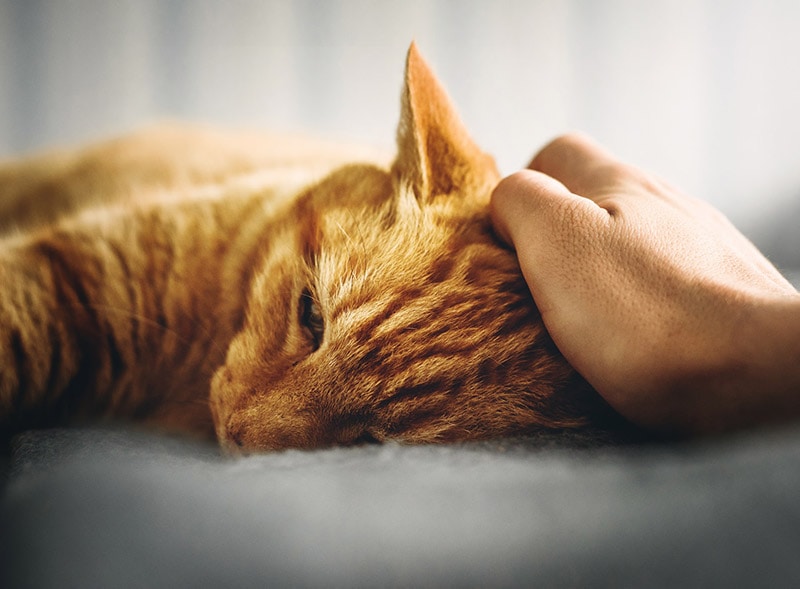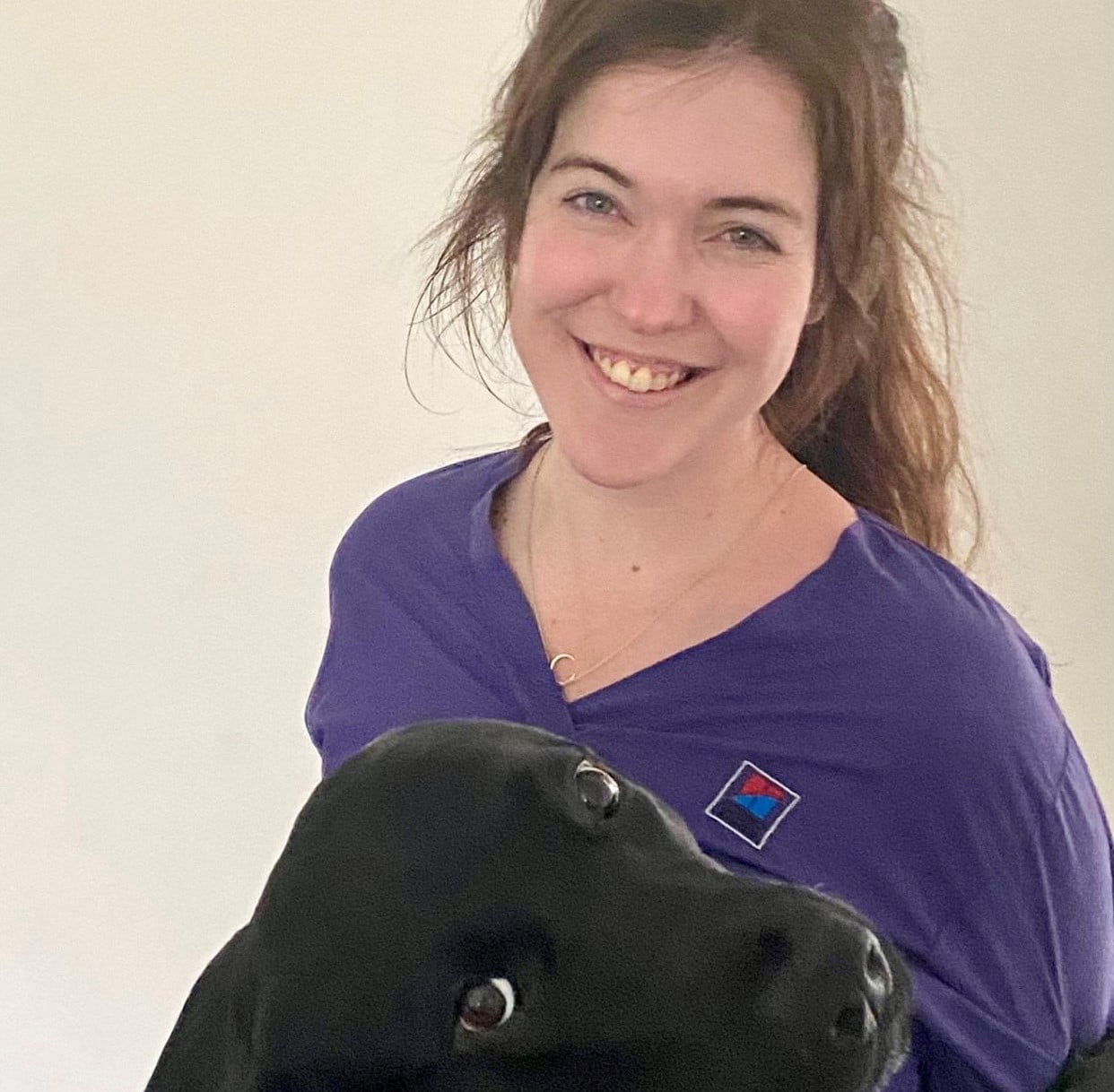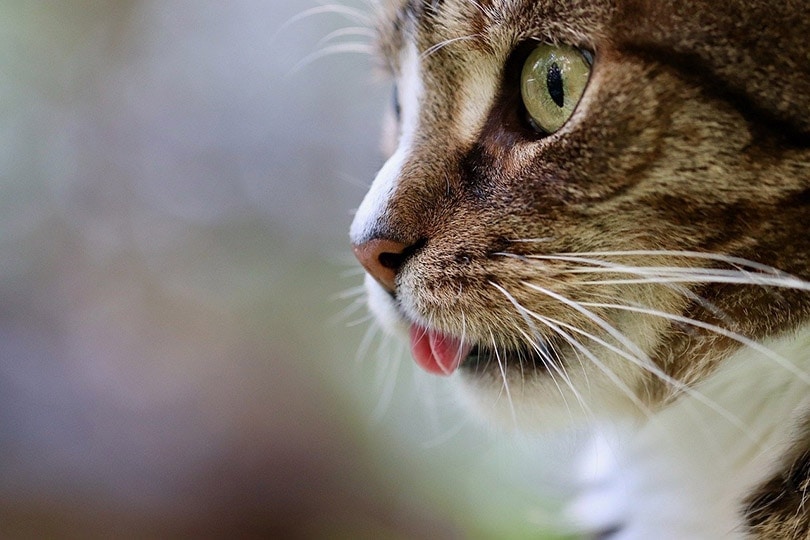What Tools Does a Veterinarian Use? Our Vet Explains

Updated on
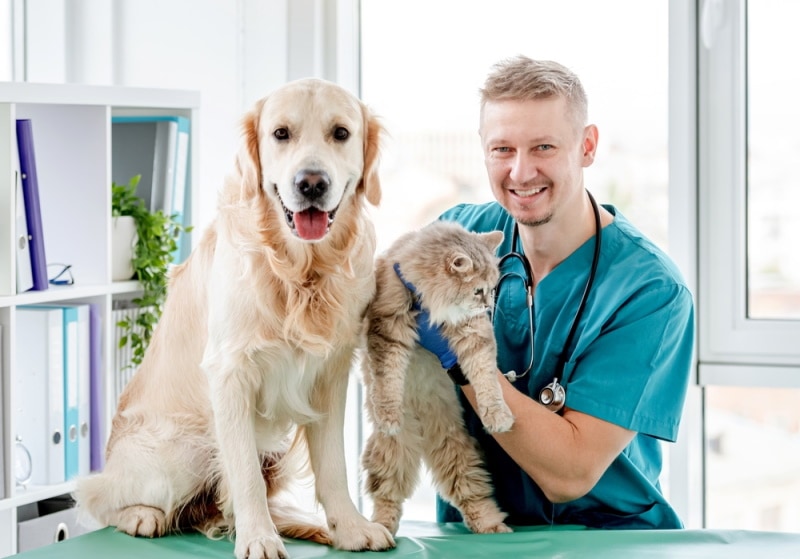
Click to Skip Ahead
A veterinarian is a medical professional qualified to diagnose and treat animals. There are many different types of veterinarians that can work with various species or specialties, and they each have distinct duties to help in regard to animal health. This article will focus on the most commonly used tools of general practice veterinarians who work with dogs and cats.
These tools are invaluable in both diagnosing and treating animals, so as a pet owner it will be a great advantage to you to learn about these tools to better understand all that goes into treating your pet!
Tangible Veterinary Tools
Tools of the Trade
These are the most basic tools that every veterinarian must have at their disposal.
- Stethoscope
- Watch/clock/stopwatch (used to help determine heart and respiratory rates)
- Thermometer
- Otoscope (medical instrument to look inside ears)
- Ophthalmoscope (medical instrument to look at parts of the eyes)
- Weighing scale
- Gloves
- Lubricant (to allow for ease of rectal thermometers, rectal palpation, placing a urinary catheter, etc.)
- Computer and veterinary software programs (for medical records and notes as well as for scheduling, invoices, pet owner education, etc.)
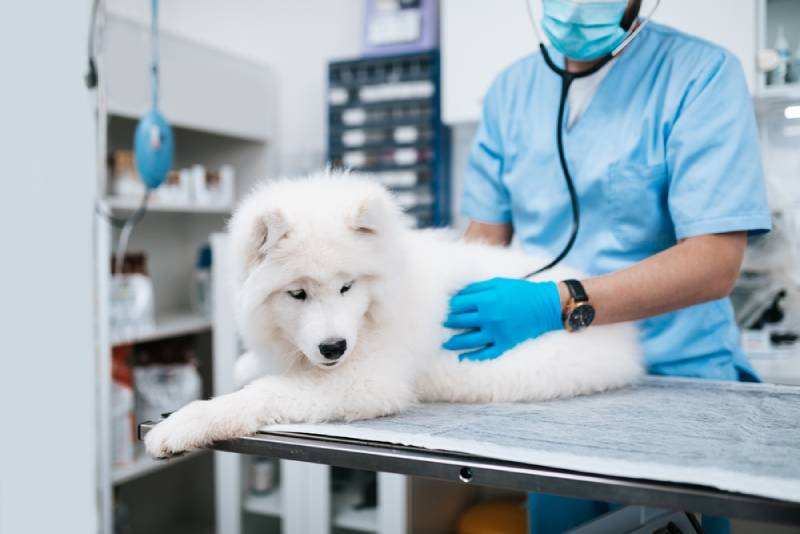
Watching and Caring for Animals
Naturally, having animals in our care means we need certain tools to look after them. Many of these are the same as a pet owner would have in their home.
- Leashes
- Muzzles (various sizes and types)
- Nail trimmers
- Hair clippers with various-sized blades
- Food and water bowls
- Cleaners
- Towels—both paper towels (for cleaning) and fabric (for bedding, wiping up large spills, etc.)
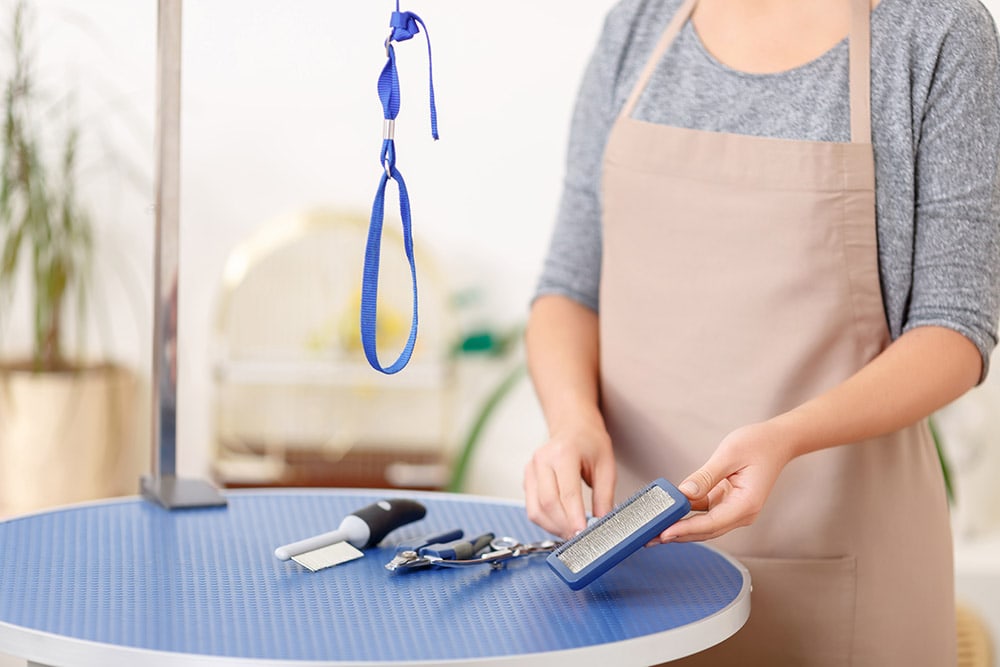
Laboratory Equipment
When it comes to testing and diagnosing, the following are vital for veterinarians to do their job in the best way possible.
- Needles
- Syringes
- Blood catheters
- Medical tape
- Bandaging materials such as gauze, special scissors, bandaging
- Urinary catheters (various sizes used to obtain urine samples)
- Microscope
- Microscope slides
- Microscope slide staining equipment (dyes that stain specific aspects of a sample to allow for vision under the microscope)
- SNAP tests (FIV/FELV, parvovirus, pancreatitis, heartworm, tick-borne diseases)
- Refractometer (useful in measuring specific criteria for urine samples)
- Centrifuge (spins and separates samples of blood, urine, etc) to allow for testing
- Glucometer (measures blood glucose values)
- Special tube or sample containers (to send samples for further laboratory testing)
- Tonometry pen (medical instrument to determine eye pressure)
- Reflex hammer (instrument to check reflexes in a neurologic exam)
- Sink (for sanitation and washing things off)
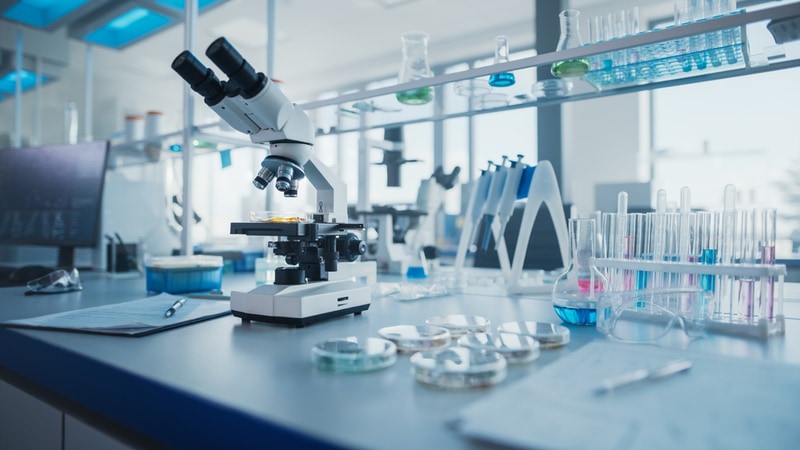
Monitoring and Imaging Equipment
This is vital equipment for diagnosing broken bones or any other internal issues.
- Radiograph (X-ray) machine (often digital)
- X-ray calipers (ruler used to measure for correct X-ray settings)
- X-ray gear (gown, gloves, thyroid shield, dosimeter)
- V-trough or other positioning equipment for X-rays (used to help hold pets in the correct position, additional help can also come from foam wedges or sandbags)
- Ultrasound machine
- Blood pressure machine with different cuff sizes

Surgical/Anesthesia Tools
This is vital equipment for use during surgical procedures.
- Crash cart (easily moveable cart that provides medical equipment and supplies for emergencies such as emergency drugs and dosing charts, syringes and needles, IV catheters, fluids, endotracheal tubes, etc.)
- Laryngoscope (allows for help with visualizing inside of the throat; often used when trying to intubate pet for surgery)
- Endotracheal tubes of various sizes (intubation of a pet where a tube goes from the mouth to trachea in an unconscious animal to deliver anesthesia and/or oxygen)
- Injectable drugs
- Intravenous (IV) fluid pump (a machine that gives a specific amount of IV medication and/or fluids at a continuous rate)
- Anesthesia machine
- Oxygen machine
- Moveable, metal operating table
- Moveable surgical lights
- Surgical instrument tray and stand (easily moveable and adjustable-height table that holds surgical instruments needed during a procedure)
- Capnography (monitoring equipment that provides information on respiratory rate and carbon dioxide among other things)
- ECG or electrocardiogram machine (monitors and shows heart rate, rhythm, and electrical activity)
- Pulse oximeter (measures the Sp02 or percentage of oxygen in the blood)
- Autoclave (a pressurized machine that uses steam to sterilize medical equipment)
- Surgical drapes (used to maintain prepared area such as a surgical field and keep it free from contamination)
- Cap, gown, mask, gloves (used to maintain sterility and avoid contamination)
- Surgical tools and instruments including scalpel blade and handle, needle driver, clamps, hemostats, scissors, etc.
- Surgery packs (specifically ready-to-go cleaned and autoclaved packs that have needed tools and equipment based on type of surgery)
- Closing wound materials such as sutures (numerous types and sizes), surgical staples, surgical glue
- Warming devices such as heating pads
- Dental table (deep and long metal sink with grates)
- Dental ultrasonic scaler and polisher (a machine used during dental cleaning to scale (clean plaque off teeth and below the gum line) and then polish (to make tooth surfaces smooth to help prevent future tartar buildup)
- Dental instruments (eg: periosteal elevator, periodontal probe, winged elevators, etc.)
- Dental instrument tray
- E-collar or Elizabethan collar (to keep pets from using their mouth to access other areas of their body)
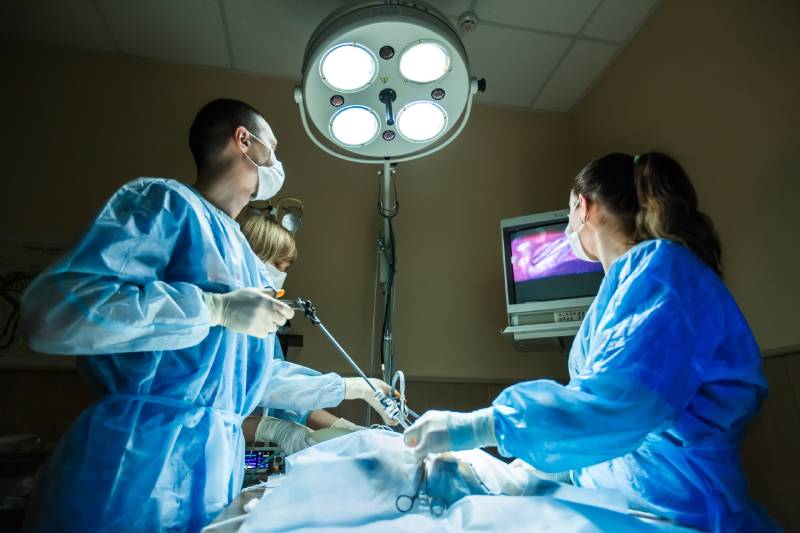
Pharmacy
The pharmacy equipment is also vital for veterinarians, as it allows us to safely keep medications on hand, as well as treats, foods, and shampoos.
- Refrigerator (needed for storing vaccines, certain medications, etc.)
- Vaccines
- Oral or liquid medications
- Pill cutter, pill gun
- Shampoos (various options including medicated ones)
- Ear cleaners (routine and various medicated options)
- Flea, tick, and heartworm preventatives
- Medicated foods
- Pheromones (can be used in the form of sprays or wall plug-ins to help pets feel less stressed)
- Potential for treats, pet tooth brushing kits, dental chews, etc.

Optional
Some of these may be found in small animal practices, (especially in those with practitioners that have special interests or additional training) while others may be discussed by a veterinarian for referral to a specialty clinic.
- Dental X-ray machine
- Electrocautery (using a heated metal wire to stop some bleeding vessels or to cut through tissue during surgery)
- Laser therapy (using light beams to help manage pain and inflammation, or help with wound healing)
- Video otoscope (using a small camera to magnify inside the ear canal for things such as visualization, sample collection, and/or deep cleaning)
- Acupuncture (using fine needles at specific acupuncture points to reduce pain and increase healing)
- Endoscope (a minimally invasive procedure that uses a long thin camera to visualize inside the body at various organs and potentially collect samples)
- Computed Tomography (CT)
- Magnetic Resonance Imaging (MRI)
The Most Essential Tools!
While all of the above tools are physical objects, some of the most important tools are intangible! Here are a few very important ones:
- Veterinarian’s body—not only does this include their mind (which they do a lot of thinking, doing, and delegating day in and day out) but also their hands, eyes, nose, ears (and fast reflexes!) to all work together to gather clues while solving medical puzzles.
- Qualified and competent support staff are essential in allowing a veterinarian to delegate what can be done as well as to work as a team to provide the best care for your pet (and you!) during your pet’s visit to the veterinary office.
- Education and experience
- Resources are also readily used by your veterinarian. Medicine and technology are constantly changing and growing and therefore, up-to-date books, journal articles, etc. may be used. Consultation with specialists, or online veterinary sources of information (such as VIN or VetHive, etc.) can also be useful tools in a veterinarian’s tool belt.

Final Thoughts
Veterinarians use many tools and resources to help them provide the best medical care for your furry family member. Be it physical objects, parts of their body, or the essential team members that help them, veterinarians can use all these tools as well as their knowledge, experience, and love of medicine, animals, and people to do their job!
Featured Image Credit; Tatyana Vyc, Shutterstock



